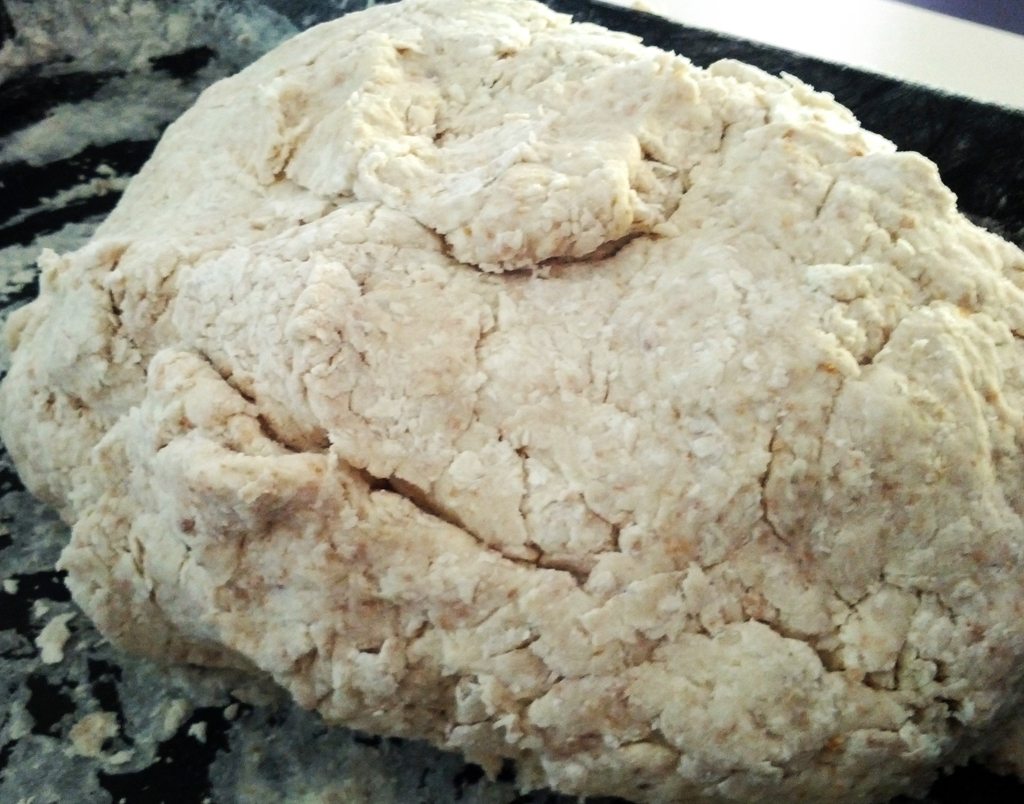I have always had a fascination with bread; its integral part in culinary culture, the science of how it is made and the innumerable varieties available: flat breads, white bread, wholemeal breads, German dark loaves, non-yeast breads, oil-rich breads, non-wheat breads, sweet breads and enriched breads. The aroma of a steaming fresh white loaf in the morning is one I will always cherish; sliced in to doorsteps and lacquered with French butter and a fine sweet and tart red berry jam. I also have the same feeling for the blue-corn bread served hot as an appetiser at a local Mexican restaurant. The reality is that bread is part of most of our lives, and in many countries is presented on the table as part of the meal, from soup to nuts – I do love that phrase by the way ‘soup to nuts’ and would dearly like to say that it was completely designed in some creative corner of my mind, but alas it wasn’t.
Unfortunately, in some countries the importance of bread is rapidly evaporating, and is being replaced by a plastic variety that lacks substance, flavour, texture and pleasure. A great series in the UK last year, The Great British Food Revival, lamented this point with Michel Roux jnr in one episode taking us on a journey from how the art and love of bread making and bread is being lost to what we can do to revive such an honourable and established human culinary tradition. This certainly whetted my appetite to go straight to the kitchen and start learning about bread.
Until recently, my only experience of bread making was simple yeast based white bread – and even a simple white bread made well and served as referenced above, is heavenly. However, one bread that I had always wanted to make just because I love the flavour, was sourdough. I had always wondered what ‘flavoured’ the bread to achieve those incredible acidic and sour notes. To be honest, I did think that it must be the addition of sour cream or something similar – once our local baker had picked himself off the floor after entering a fit of hysterics, he said that if you want to be a chef my friend then you must learn the real art of bread making, and forthwith pointed me in the direction of something called a sourdough starter.
Completely fascinated by the idea that you needn’t add yeast to create a perfectly risen loaf of bread I embarked on a metaphoric journey to make sourdough bread as good as that from our local bakers (sour cream not included – lactobacillus definitely included). What I wasn’t prepared for was the emotional attachment the journey would induce. The sourdough starter, I learned, was something that takes 7 days to produce, at which point it would probably be ready to make the first loaf of bread. It was during these 7 days that the emotional attachment occurred:
The Sourdough Starter Journal
Day 1: To a 2-litre plastic container I added 25g of rye flour and 25g warm water and mixed to a paste. Ok, so today is just a paste.
Day 2: Added a further 25g of rye flour and 25g of warm water and mixed to a paste again. It has softened overnight, but still just a paste
Day 3: Upping the ante by adding 50g of rye flour and 50g warm water and mixed to a paste again. It’s starting to feel like I’m feeding a pet, bit of attachment forming.
Day 4: Added 100g rye flour and 100ml of warm water, and mixed together to form a thick batter. Starting to talk to it now
Day 5: No feeding today, but wow! Took a big smell and was reduced to tears from an acrid aroma, best described as sour banana. Bubbles had formed – my starter was really alive.
Day 6: Added 100g of rye flour and 100g warm water and mixed together. We’re on really good speaking terms now
Day 7: No feeding today – I now class my starter as ripe – it is bubbling, smells sour and has a thick, yet soft consistency.
So after 7 days of feeding (at about the same time each day), observing and nurturing I have a ripe starter, a friend and something that will be by my side for years to come – I have heard of starters being passed down through generations.
On the eighth day I made my first loaf of sourdough bread. According to some bakers’ experience it is advisable for the first few loaves to make semi-leavened bread; that is using a combination of your starter and added yeast (approximately half of what would be required in leavened bread).
After the 7 day process I had ended up with a 600g batch of sourdough starter. It is normal to use half of this to make your bread, which means replacing (feeding) the starter with fresh flour (I use rye flour) and water, to make the weight back up to 600g. As I am going to make bread on a weekly basis I will store the starter at room temperature and be feeding it once per week. Making sourdough bread is a complex and skilled profession, and I have only touched the surface, but in doing so have understood the important basics of bread making, and of course made a new friend.
Click here for the recipe for the Continental Loaves I made with my sourdough starter.





4 comments
Start me up! I’m going to give this a try for sure.
Just beware – it can become quite attached, but will provide more than it eats.
You have peaked my curiosity and I am going to try this recipe for sourdough starter, I just need to find a jug that is big enough to hold all that gooey sourdough starter:-)
Hey Clayton, thanks for your comment.
It’s well worth the effort – before you know it a week’s gone and you have this live blob that can revolutionise your bread making. I used a 1 litre lidded plastic container for the starter. Good luck.